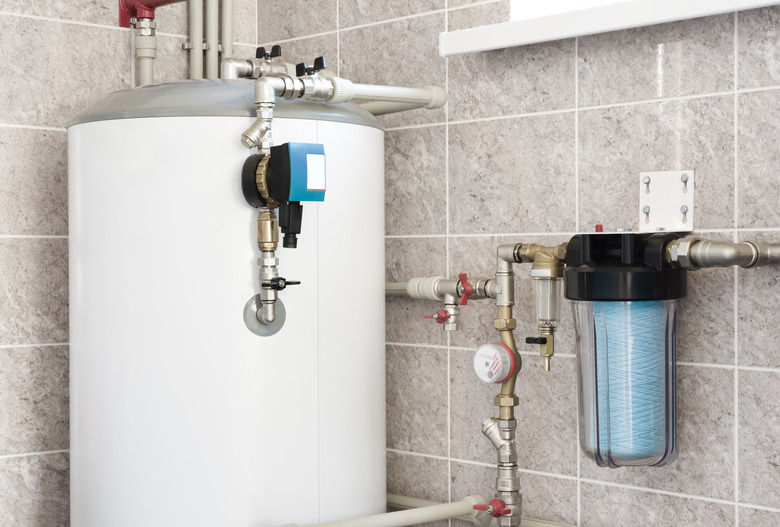Adding Water To A Boiler
We may receive a commission on purchases made from links.
Boilers are used to create hot water and steam for homes and businesses. These systems need wood, electricity, oil, gas, or propane to work. Residential boilers do need maintenance sometimes, so knowing how to add water to a boiler is paramount for anyone who owns one.
When Boiler Water Runs Low
When Boiler Water Runs Low
Boilers need to have enough water to run properly, and adding water to a boiler is essential to avoid overheating. One sign that the unit is low on water is when the house isn't heating properly. This situation is worsened if the thermostat keeps getting adjusted; this can damage a boiler beyond repair. The problem is called "dry firing," which can cause the tank to overheat and then crack.
There are other symptoms that could indicate low water levels in boilers. These include strange sounds or smells, which could be a result of tank damage. Some boilers have built-in sensors that detect overheating. These sensors automatically shut down the boiler, so you might not experience these symptoms.
A boiler shutting down could be due to other issues as well, such as a malfunctioning pump, closed valve, or defective thermostat. These problems are red flags that indicate the need for maintenance or repairs. Other signs are when the water isn't hot enough or there's no water or little pressure.
Adding Water to a Steam Boiler
Adding Water to a Steam Boiler
It's a good idea to check your boiler once every few weeks or sooner if it's acting up. Check the boiler's pressure gauge/sight glass, which is usually found on the side of the unit. It looks like a narrow glass tube that's no more than 10 inches high. Some boilers have automatic water feeders, while older ones need to have water added manually. Boilers with manual valves should be checked more frequently, at least once a week.
Whenever the water level is at the "add" mark, some water needs to be added. The system must be shut off and completely cooled down before performing any kind of maintenance, such as adding water. The feed water shutoff valves should be near the boiler. Turn them off and wait.
When the boiler has cooled down, locate the feed water pipe. This can be found off the cold water line connecting to the pipe that leads to the tank. Open the feed water valves carefully. Keeping an eye on the sight glass, slowly pour in clean water until it meets the right level mark. Note that steam radiators do not require bleeding.
How to Bleed Radiators
How to Bleed Radiators
Once the correct water level is reached, you need to "bleed" the radiators on a hot water system. Steam systems do not require bleeding because they use a different technique of eliminating air in the system, but identifying functioning radiators is a similar procedure.
With either system type, this will determine if the system is running properly. Turn on the central heating and then feel each radiator in your home. After that, you can turn off the heat.
On a hot water system, start by putting on work gloves and find each radiator's bleed valve if applicable. You can find this on one side of the radiator at the top. A radiator key is needed for this. Using the key, loosen the valve screw to reduce the air pressure.
At this point, you should hear a hissing sound. Don't worry — it's only the trapped air escaping and water on its way in. After the valves are loosened and the hissing stops, tighten the valves, wipe up any water on the floor, and turn on the system. Your boiler should be all set to work properly.
